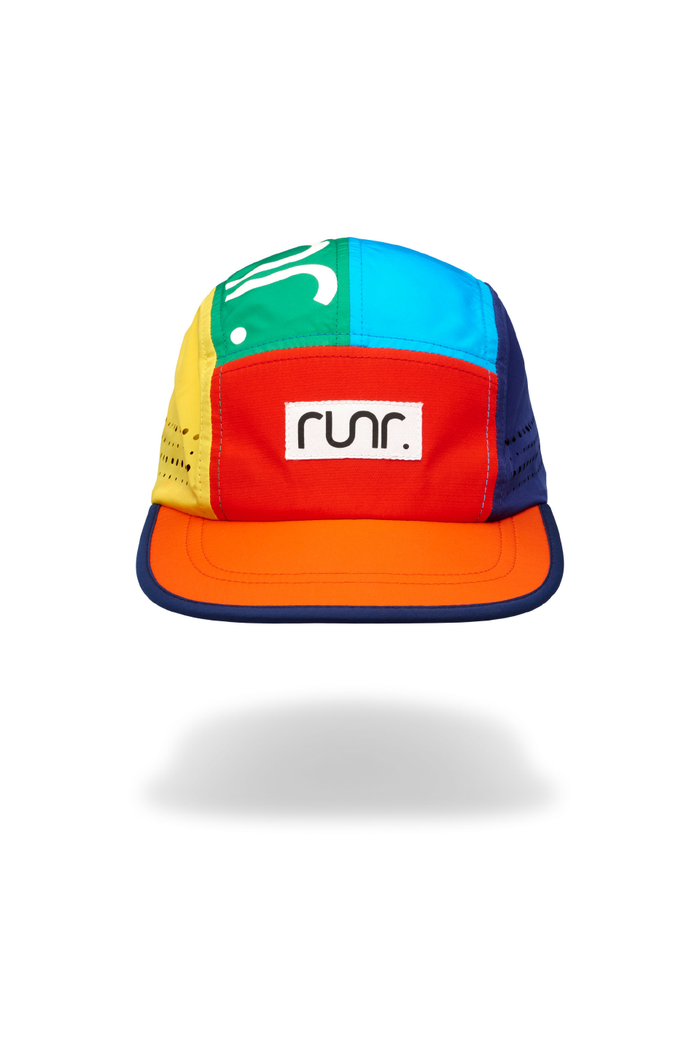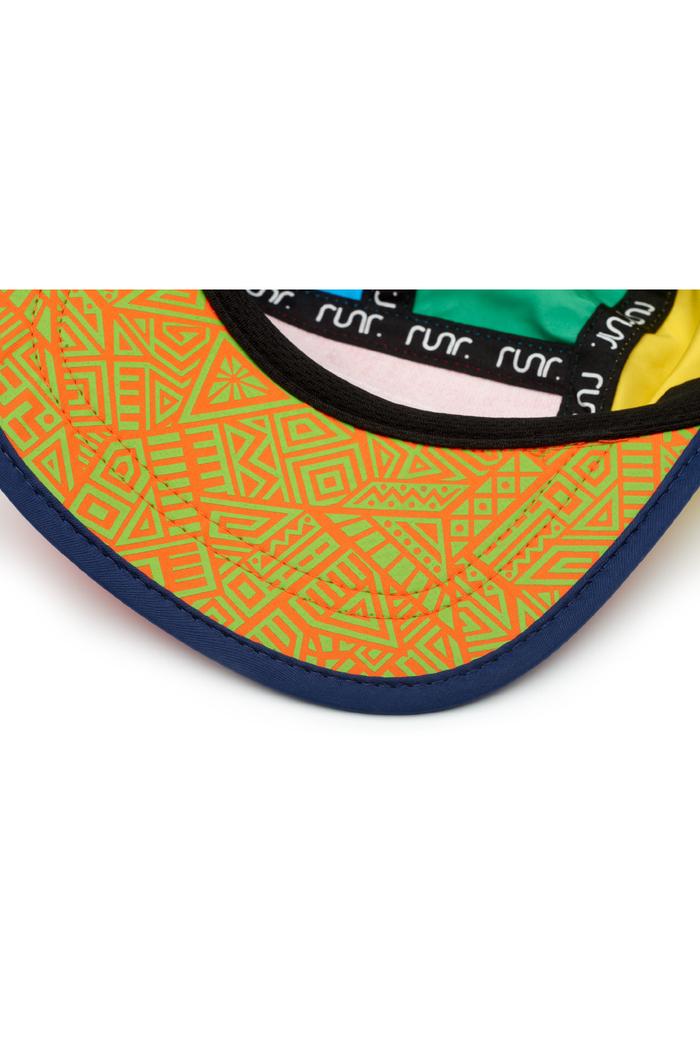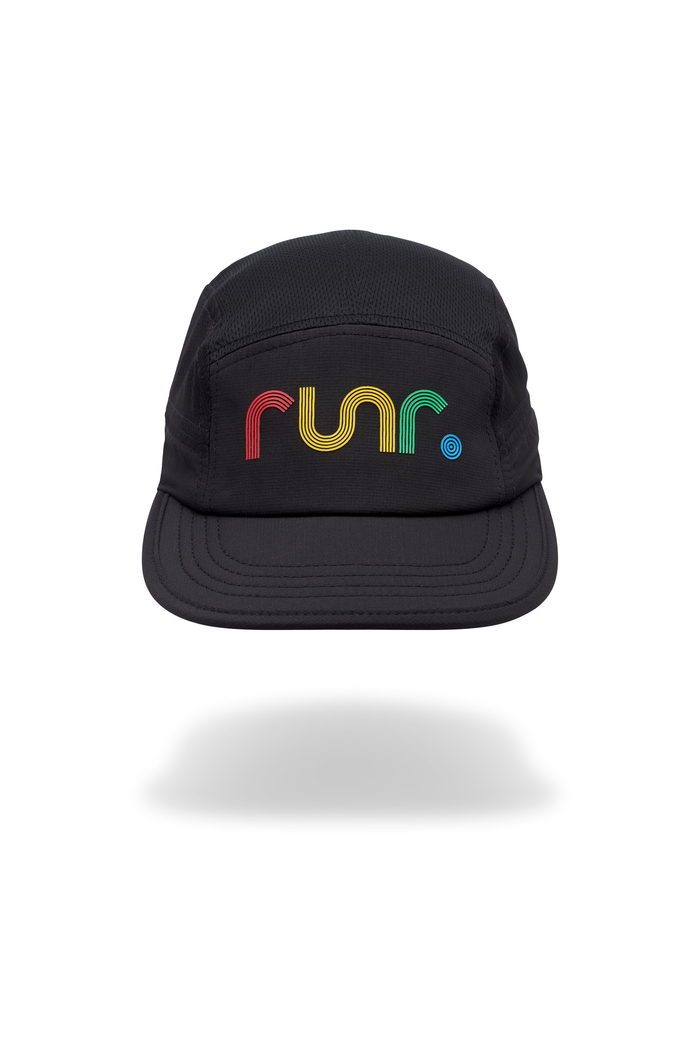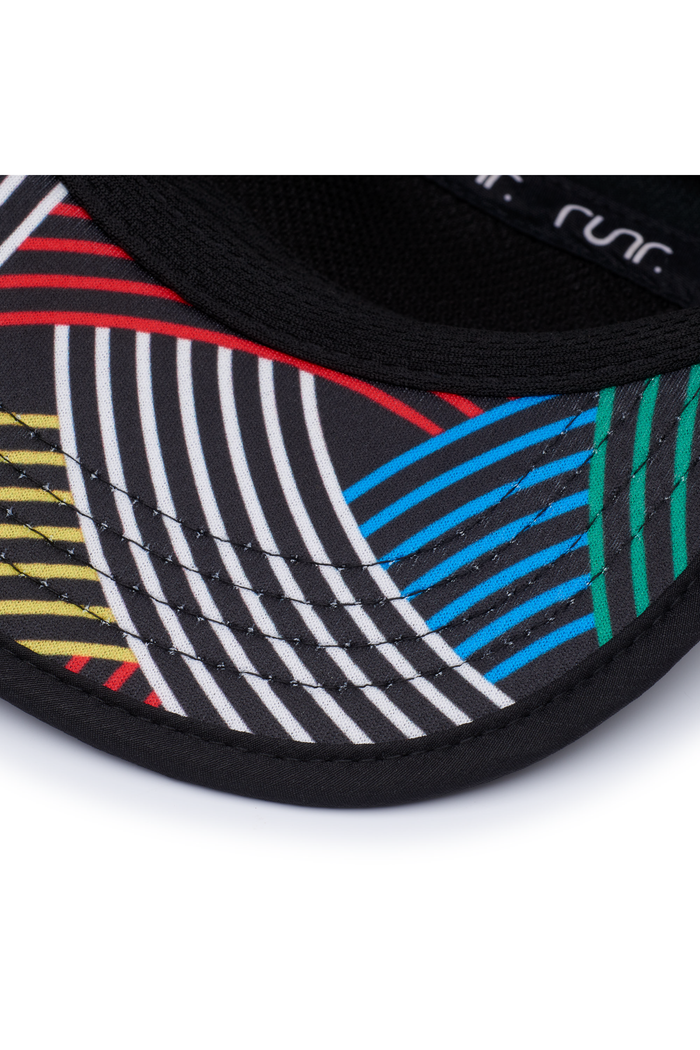If you think you can’t run an ultra, think again.
I never thought I’d run an ultra. After running my first marathon in 2014, I thought I never wanted to run that far ever again. But another marathon happened (they’re addictive like that). Then suddenly, here I am at the start of 2018 having run 3 ultra marathons in the last year. It’s a weird feeling, and my attitude towards ultras now is that, yes, they’re a long way, but they no longer scare me because they’re arguably easier (and more enjoyable!) than trying to PB at a marathon, so making that jump into ultra distance isn’t as daunting as you might think.
Here are my tips for making that leap into the unknown

Choose your distance carefully
Ultras vary massively in distance, so for your first, choose a distance that you know you can achieve. If you have run a marathon, a 50km event is more than achievable, and there are many many events out there ranging in distance from 30-40 miles. I chose a 40 mile event as my first ultra, but I knew that most of it was on runnable trails. Had my first ultra been extremely hilly, I would definitely have picked something shorter.
If you’re planning an ultra up to around 40 miles (that’s could be anywhere between 6 and 12 hours of running depending on your individual pace), you won’t need to vary much from a standard marathon training plan. There’s no point running further than a marathon distance in training for an ultra of this length, as any further will simply tire you out too much. Stick with a marathon training plan, and add in some strength work (which might include gym work and hill training) and you’ll be good to go.
Train your mind as well as your body
It’s amazing what your body can do when you have the determination to get to that finish line. We are all capable of extraordinary things, and running ultra marathons has taught me not to listen to that little voice in my head that tells me I can’t do something. Yes, you’ll find it tough towards the end. Yes, you’ll probably cry at some point. Yes, you’ll think about giving up. But the euphoric feeling of crossing that finish line, having gone further than you’ve ever gone before, is intense and will stay with you forever. Training your body is important, but spend some time working on your mental toughness too. Say kind things to yourself and be positive, and eventually you’ll believe you can do it, because you can.
Forget about time
You will inevitably have to slow down in order to keep running for longer. A good rule of thumb I like to employ is to have a walk break every 5 miles to take on fuel and hydrate. At first it feel odd stopping to walk so soon into a run, but remember that you’ll be on your feet for a long time and the key is to conserve energy and take on fuel to get you to the finish. Practice this on your longer runs.
Hit the trails
Most ultra marathons explore beautiful trails and you’ll get to see some beautiful parts of the world. Training on trails is brilliant ultra training, because they will naturally slow you down if you’re running over boggy ground, or negotiating mud, hills, puddles or streams. Trails are also brilliant for building strength and great balance, as the ground is naturally uneven so all your muscles will be working extra hard to keep you upright.

Invest in some kit
You don’t need to go mad buying lots of stuff for an ultra, especially a relatively short one, but definitely do invest in a race vest, where you can carry water, a map and compass, a first aid kit, a jacket, and a hat and gloves. I normally take a spare T-shirt and some socks with me too, as I like to change my T-shirt around halfway if I’ve been sweating a lot, and my socks if my feet get wet, to help prevent blisters.
Eat real food
I love ultras because they are essentially a running picnic, and this is where ultras differ significantly from road marathons. You can’t get by on gels; well you could, but that amount of sugar is going to have serious tummy implications. If you’re going to be eating real food on the run, which I would recommend to keep you fuelled up, do practice eating on the move. I generally pack a cheese sandwich for my longer runs now, cut up small so I can snack to keep my fuel levels up. I also like flapjack. Everyone is different in terms of what foods they prefer to eat, so experiment but be careful with sugar intake as during a long run too much of this can adversely affect your gut. I’d also recommend Tailwind which is a carbohydrate and electrolyte drink, which fuels and replaces lost salts.
Look after your feet
Make sure your shoes are well worn in. I (rather stupidly) ran 100k in shoes that I had barely run 20 miles in, and my feet were agony. Trust me, I’ve tried that out for you, and it’s best to wear a pair of shoes that you’re comfortable in. Carry a spare pair of socks for if your feet get wet, as the friction can cause blisters. I also make sure my long distance running shoes are half a size bigger than normal too, because my feet swell up during an ultra which can make for uncomfortable running. Blister plasters are an amazing invention, so always carry some with you. I also carry tape which is great for preventing blisters if you can feel anywhere starting to rub due to friction.
Run with a friend
Ultra marathons are a hugely sociable affair and my absolutely favourite ultra last year was the one where I had company from a friend all the way around. Having said that, even when I’ve tackled them on my own, I’ve met some amazing people. During last year’s Race to the Stones, I was adopted by a group of runners at 68km who kept me company and encouraged me through right to the very end. Ultra runners are wonderful people, and even if you don’t manage to start with a friend, I can guarantee you’ll finish with a new one.
Run safe - an important word about NSAIDS
I hear of many runners taking ibuprofen and other NSAIDS before a run, and it would be remiss of me not to highlight the potential danger of taking these anti-inflammatory drugs when combined with endurance running. The message is getting out there, but not everybody is aware of it yet, so it’s important to educate people, especially those new into ultra running. These anti-inflammatory drugs have been linked to kidney damage, and when combined with dehydration which can happen quite easily during an ultra, this can have very serious consequences. Do your research into painkillers, read the labels carefully, and use medication wisely. Remember: if you’re toeing the start line on an ultra event planning to take painkillers, should you be starting it in the first place?

Plan in some rest afterwards
Don’t underestimate how long it will take you to recover afterwards. Eat plenty of healthy food afterwards (my favourite post-ultra meal is a big steak and chips which I appreciate won’t turn on the vegans out there, but it gets me a decent protein and iron hit which my body really needs after 10 hours of running). Plan in some rest time and don’t pressure yourself to get back to regular training too soon. Your body will have taken a battering, so be kind to it. Enjoy a bath with Epsom salts, and enjoy some well-earned rest.
Enjoy yourself
Take plenty of pictures, smile, and enjoy your first ultra!
If you'd like to write a blog for us then get in touch at info@runr.co.uk and you could be up next.
Happy running and be proud to be a runr!
Team Runr.












